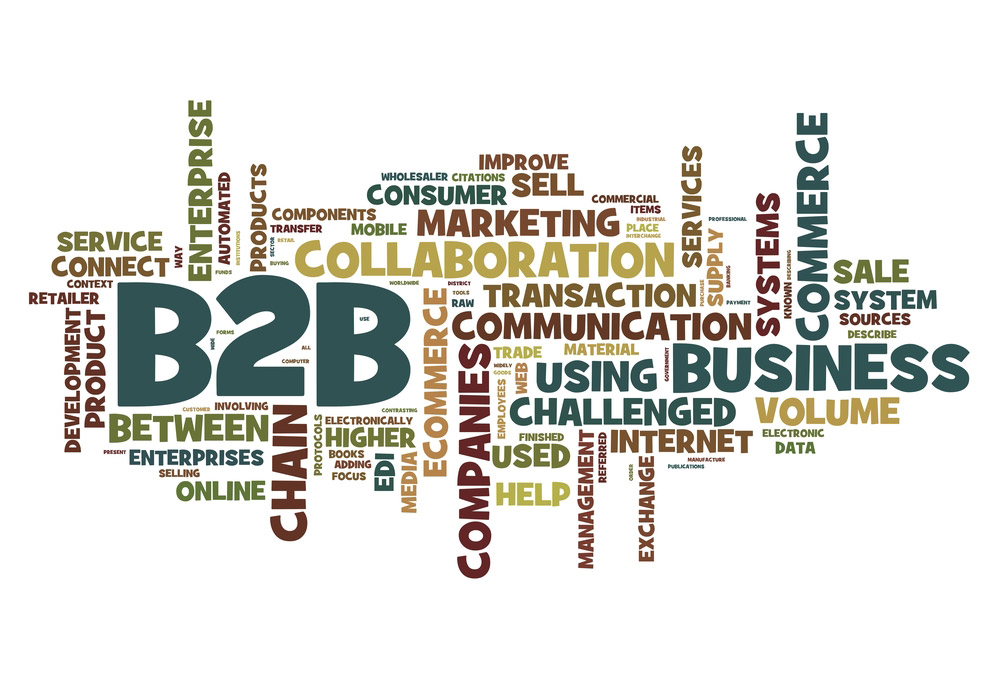As we become further entrenched in the digital age, it becomes more and more apparent that those who neglect leveraging the power of technology are going to fall behind. This is exemplified perfectly in the business-to-customer model, where those without a multi-channel strategy are passed over by digital adopters as well as, now, digital natives. Think about it this way: in the past, when a customer wanted to contact a business, it used to be that they either wrote a letter, phoned the front desk, or visited that business in person. As the world’s become more connected, new options abound. Facebook, Twitter, eMail, Google Business, Yelp!, etc., have all become standard avenues for two-way communication in the B2C world.

To capitalize on this, many in B2C began using and currently thrive on cloud technology and application program interface (API) connections. This allows essentially for the leveraging of omnichannel data, leading to more effective lead acquisition, better cross-device marketing, greater flexibility in operations, and ultimately making possible the digital customer experience that many have come to expect today. These advents in technology are what make possible the almost-surreal share of eCommerce run through mobile–a space that B2C revels in, but that business-to-business (B2B) models have been slow to adopt. Unfortunate, considering that Frost & Sullivan predict that B2B eCommerce will more than double what it was worth in 2012 by 2020, increasing from $5.5 trillion to $12 trillion globally in a short 8 years.
Driving the Change in B2B: Millennials
The shift that B2B is experiencing in its customer base is the same shift that workforces around the world are having to deal with (and will probably always have to deal with): generational differences. Baby Boomers and Gen X’ers are being replaced as B2B’s biggest customer base by Millennials, who expect different things from the online marketplace than their predecessors. Businesses thinking they can continue to get away with a website that isn’t geared toward mobile will be overtaken by those who put mobile and the customer experience first.
The B2B sphere has already begun to move in this direction. TA’s CRM Market Index scores, for example, show that CRMs for both -to-customer and -to-business are beginning to embrace emerging innovative features including social analytics to pair with their customer support initiatives. These features are connected in almost a plug-and-play fashion via API, which allows for quick business integration. In this case, it will allow the modern CRM provider to generate custom solutions and support for each business they interact with on a per needs basis, and cultivate relationships that truly put the customer first.
What the Cloud Can Do for B2B
Beyond focusing more on the customer experience as a multi-channel, virtual experience, B2B could also take notes from B2C by looking toward the cloud. B2B has yet to fully embrace all the the cloud has to offer in terms of predictive analytics and management platforms, and have been missing out on businesses opportunities because of it. Technology connected via cloud-interface endows organizations with the ability to suss out leads that are already warm via customer profiles, as well as increased agility and adaptability. A good example of this is seen in the model that B2B generally offers, where direct-from-warehouse deliveries rule the day. Without knowing specifics about the customer, including mainly location and stock availability in that customer’s area, a B2B website may display that an item is in stock, only for the customer to find out that it’s in stock at another location across the country. By leveraging the cloud and analytics, businesses can offer a customized experience for every customer and display item information based on user-specific parameters before they decide to buy.
The point is that business-to-customer markets have been benefitting from these initiatives for years now, and customers in both B2B and B2C arenas are expecting it as a given. If the technology exists to create a better experience for the customer, why not use it? A growing Millennial demographic demands it, and those that put them first will find two things: it’s not that hard to implement, and the payoff is well-worth it.

